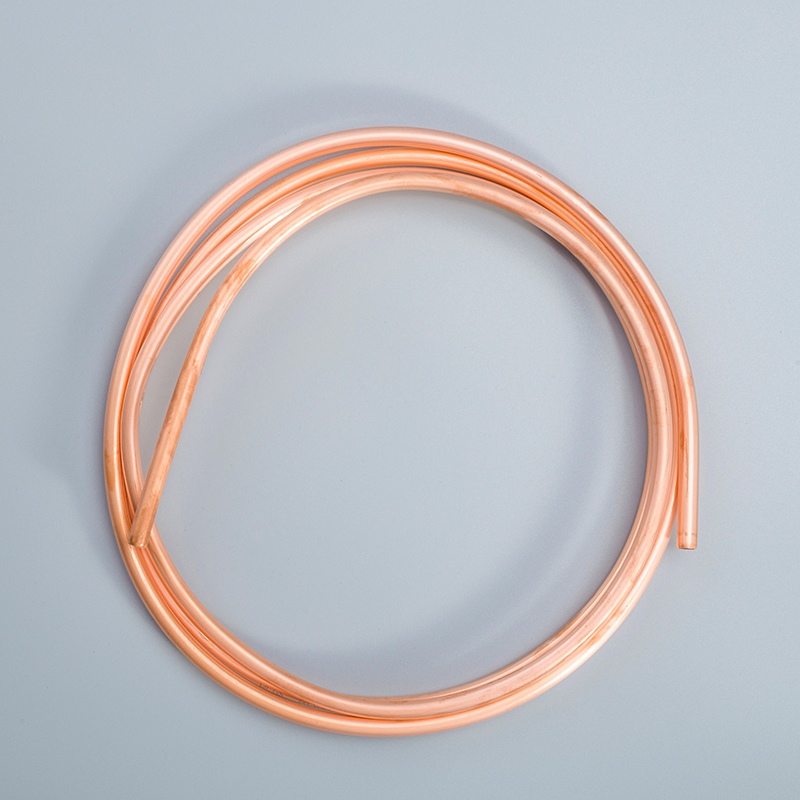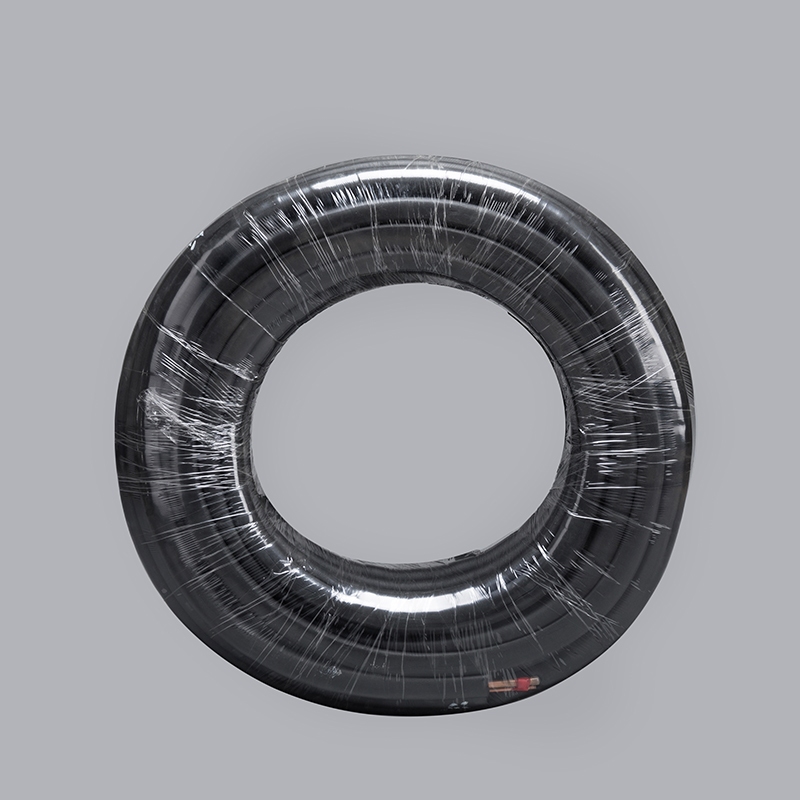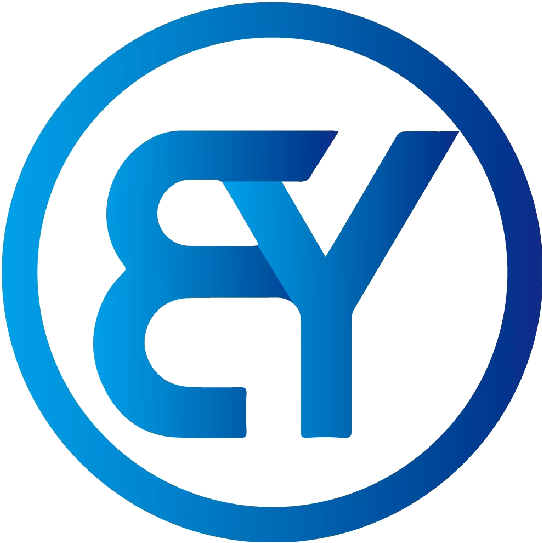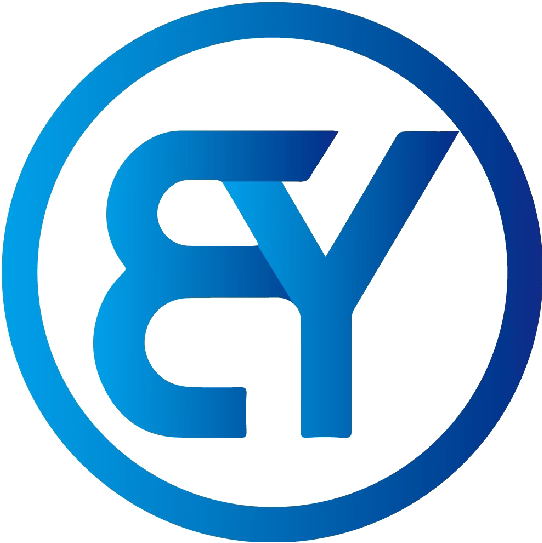Compression Fittings vs. Other Copper Pipe Fittings

When it comes to the Comparison of compression fittings vs other fittings for copper pipes, understanding the nuances of copper pipe fittings is crucial. Selecting the appropriate fitting can significantly impact the success of your plumbing, gas distribution, or HVAC project. In this blog post, we will delve into the realm of compression fittings and explore their advantages and disadvantages compared to other types of copper pipe fittings. By the end, you'll be equipped with valuable insights to make informed decisions for your next DIY endeavor.
Understanding Compression Fittings

Definition and components
Compression fittings, known for their versatility and ease of use, consist of three main components: a compression nut, a compression ring (also called a ferrule), and the fitting body. These fittings are designed to create a secure connection between pipes without the need for soldering or welding.
How they work
The functionality of compression fittings is straightforward yet effective. When assembling a compression fitting, the compression ring is placed over the pipe, followed by the nut. As the nut is tightened onto the fitting body, it compresses the ring against the pipe, creating a tight seal that prevents leaks.
Advantages of Compression Fittings
Ease of installation
One of the primary advantages of compression fittings is their simplicity in installation. Unlike soldered connections that require heat or specialized tools, compression fittings can be assembled using basic wrenches. This ease of installation makes them ideal for quick fixes or modifications.
Reusability
Another benefit of compression fittings is their reusability. If you need to disassemble your plumbing system for any reason, you can easily undo compression fittings without damaging the pipes or fittings themselves. This reusability adds to their cost-effectiveness in the long run.
No need for soldering
Unlike soldered connections that rely on melting metal to create joints, compression fittings eliminate the need for soldering altogether. This feature not only simplifies the installation process but also reduces potential safety hazards associated with open flames.
Effective for handling compressed gases
Compression fittings are particularly well-suited for applications involving compressed gases due to their reliable sealing mechanism. The secure connection created by compression fittings ensures that no gas leaks occur, providing peace of mind when dealing with pressurized systems.
Disadvantages of Compression Fittings
Potential for leaks if not installed correctly
While compression fittings offer excellent sealing capabilities when properly installed, there is a risk of leaks if they are not assembled correctly. It's crucial to follow manufacturer guidelines and ensure proper alignment and tightening to prevent any leakage issues.
Not suitable for all applications
Although versatile, compression fittings may not be suitable for all plumbing scenarios. Certain high-temperature or high-pressure applications may require more robust jointing methods like welding or brazing to ensure long-term reliability.
Higher cost compared to soldered connections
In terms of upfront costs, compression fittings tend to be more expensive than traditional soldered connections. However, considering their ease of installation and reusability benefits, this initial investment often pays off in terms of convenience and longevity.
May not provide the same level of durability and leak resistance as permanently soldered or welded connections
While compression fittings offer excellent performance when installed correctly, they may not match the durability and leak resistance provided by permanently soldered or welded connections in certain demanding environments.
Exploring Other Copper Pipe Fittings

Solder Fittings
What are Solder Fittings?
Solder fittings, a traditional choice for joining copper pipes, involve the use of a filler metal that melts at a lower temperature than the pipes themselves. This molten metal creates a bond between the pipes, ensuring a secure and durable connection.
Advantages of Solder Fittings
Secure Connections: Solder fittings offer extremely secure connections due to the tight-fitting nature of the joint, providing reliability in various plumbing applications.
Cost-Effective: While solder fittings may require some skill to install, they are generally cost-effective and widely available for DIY projects.
Versatile Usage: These fittings can be used in a wide range of applications, from residential plumbing to industrial settings, showcasing their versatility.
Disadvantages of Solder Fittings
Skill Requirement: Achieving leak-free joints with solder fittings requires some expertise and practice, making them less beginner-friendly compared to compression fittings.
Heat Dependency: The installation process involves heating the metal to create joints, which can be challenging in confined spaces or when working near flammable materials.
Limited Reusability: Unlike compression fittings that can be easily disassembled and reused, soldered joints may need to be cut out and replaced entirely if modifications are necessary.
Comparative Analysis
Installation Process
Compression vs. Solder
When comparing compression fittings to solder fittings in terms of installation, it's evident that compression fittings offer a more straightforward and tool-free assembly process. The compression method eliminates the need for heat, making it a safer and quicker option for connecting copper pipes.
Compression vs. Push-Fit
In the realm of installation ease, compression fittings stand out when pitted against push-fit fittings. While push-fit fittings also offer a tool-free installation, compression fittings provide a more secure and reliable connection, especially in applications where durability is paramount.
Compression vs. Flare
When considering the installation process between compression and flare fittings, compression fittings shine due to their versatility and compatibility with various pipe materials. Unlike flare fittings that require specific tube softness for flaring, compression fittings can adapt to different pipe shapes and materials without compromising on performance.
Durability and Reliability
Compression vs. Solder
The comparison between compression and solder fittings reveals that while soldered joints are known for their secure connections, compression fittings offer comparable reliability without the need for specialized skills or equipment during installation. This makes compression fittings an attractive choice for DIY enthusiasts seeking a reliable yet straightforward method for joining copper pipes without welding or soldering.
Compression vs. Push-Fit
When assessing the durability aspect between compression and push-fit fittings, compression fittings emerge as the more robust option due to their unique sealing mechanism that ensures long-term leak resistance. While push-fit fittings provide quick installations, they may not offer the same level of security as compression fittings in demanding applications.
Compression vs. Flare
Comparing the durability features of compression versus flare fittings highlights the adaptability of compression fittings in diverse plumbing scenarios. Unlike flare connections that demand specific tube material softness for flaring, compression fittings maintain their reliability across various pipe materials and shapes, offering a versatile solution for different project requirements.
Cost Considerations
Compression vs. Solder
When evaluating cost factors between compression and solder connections, it's essential to consider the long-term benefits of each fitting type. While soldered joints may have lower upfront costs, the reusability and ease of installation associated with compression fittings contribute to overall cost savings over time.
Compression vs. Push-Fit
In terms of cost considerations between compression and push-fit options, compression fittings may initially present a higher investment; however, their durability and versatility offset this cost difference by providing a reliable solution that minimizes maintenance expenses in the future.
Compression vs. Flare
Considering cost implications when choosing between compression and flare connections underscores the value proposition offered by compression fittings in terms of adaptability and longevity. While flare connections require specific tube softness for successful installations, compression fittings accommodate various pipe materials efficiently, making them a cost-effective choice for diverse plumbing projects.
Specific Use Cases
When to use Compression Fittings
Quick Fixes: For situations requiring immediate repairs or modifications, compression fittings offer a convenient solution. Their tool-free assembly allows for swift adjustments without compromising on reliability.
Temporary Solutions: When a temporary fix is needed before implementing a permanent jointing method, compression fittings serve as an efficient stopgap measure. Their ease of installation makes them ideal for interim plumbing solutions.
When to use Solder Fittings
High-Demand Environments: In applications where extreme temperatures or pressures are common, solder fittings excel in providing durable and leak-resistant connections. Their tight-fitting nature ensures long-term reliability in demanding scenarios.
Professional Installations: For projects requiring precise and secure joints that withstand rigorous conditions, opting for solder fittings guarantees professional-grade results. The expertise required for soldering ensures meticulous craftsmanship.
When to use Push-Fit Fittings
Rapid Installations: When time is of the essence and quick installations are paramount, push-fit fittings shine with their effortless assembly process. These fittings are perfect for projects with tight deadlines or urgent plumbing needs.
DIY Enthusiasts: DIY enthusiasts looking for user-friendly solutions will appreciate the simplicity of push-fit fittings. Their intuitive design caters to beginners seeking hassle-free plumbing options.
When to use Flare Fittings
Specific Material Requirements: In cases where specific tube materials are available and compatible with flaring, such as soft copper tubing, flare fittings become the fitting of choice. Their unique design accommodates specialized pipe materials efficiently.
Precision Applications: Projects that demand precise angles and connections benefit from the tailored approach of flare fittings. The ability to create custom flares ensures accuracy in intricate plumbing layouts.
In plumbing applications, compression fittings offer a versatile and reliable solution for projects where a heat-free joint is preferred. Their ease of installation, suitability for wet conditions, and reusability make them a valuable choice.
The surge in construction projects highlights the importance of secure connections, positioning compression fittings as a favored option due to their cost-effectiveness and ease of installation.
When durability and adaptability are paramount, compression fittings stand out as an efficient choice for various plumbing scenarios. Their versatility and leak-proof features ensure long-term reliability in demanding environments.
See Also
Exploring Top Copper Pipe Fittings for Plumbing Needs
Simple Guide to Installing Compression Fittings on Curved Copper Pipes
Key Advice for Utilizing 1/4 Copper Pipe Fittings
The Definitive Manual for Premium Copper Pipe Fittings
Becoming Proficient in Copper Pipe Fittings: An In-Depth Manual


